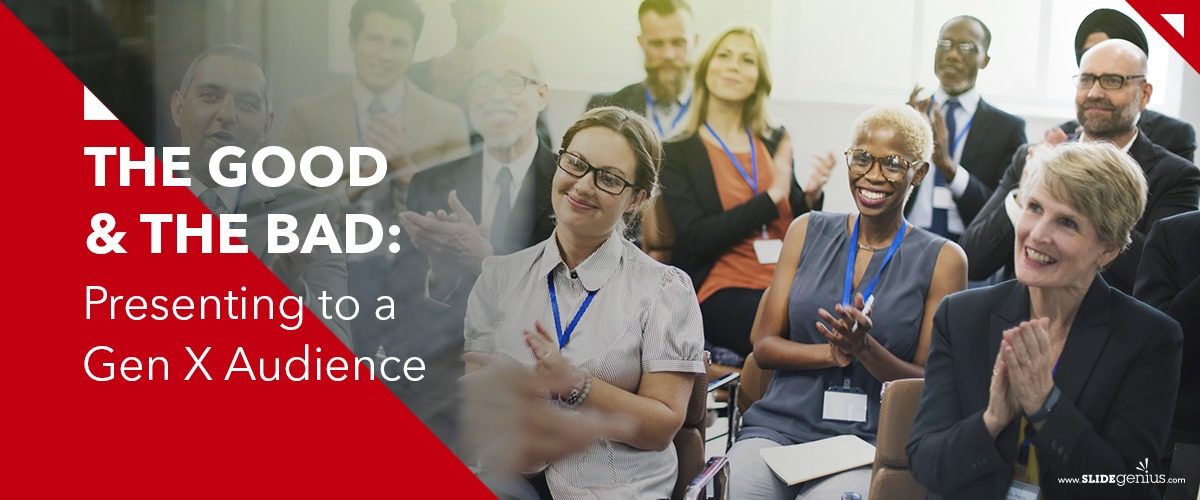
The Pew Research Center released a study saying that millennials are dominating the U.S. labor force. That’s more than one in three people or 56 million millennials working or looking for work.However, it’s those who were born between 1965 and 1981 (Generation X) that are changing the nature of work. Gen Xers are dominating the playing field, having founded more than half of all new businesses.These are the people you should be presenting and marketing to.
America’s Neglected Middle Child
Despite the nickname, the appeal of Generation X has significantly risen due to their growing influence. People don’t hear much about them because all eyes are on the continuous rise of millennials and the slow retirement of baby boomers.In a recent report provided by CNBC, however, it revealed that this generation is thriving, playing a critical—somewhat underappreciated—role in leadership while markets continue to grapple with digital transformation.The Global Leadership Forecast 2018 showed that out of 25,000 leaders across 54 countries and 26 major industry sectors, Gen Xers account for 51% of leadership roles. And because they have an average of 20 years in the workforce, they are primed to quickly assume most executive roles.
The Advantages
Gen Xers have more money to spend than any other age group. Why? Because they are at the peak of their careers and income, which is why it’s no surprise that they have more cash to burn compared to the generations that preceded and succeeded them.Apart from this, those who belong to this age group make up the majority of startup founders. This characterizes them as big thinkers who are unafraid to explore uncharted territory—always ready to absorb and try new ideas.Lastly, they value authenticity. Be transparent with your presentation—be forward with your intentions. This age group holds strong family values, fueling their desire for safety and security. If your message reflects those values, then you’ll surely engage them.
The Drawbacks
Deemed as the “latch-key” generation, this age group doesn’t like being told what to do. They grew up in a time where they were left to their own devices while their parents were struggling to get new jobs because of a surge in nationwide layoffs.Also, they’re not known to be the most tech-savvy, which is why you may want to keep it clean and simple on your customized PowerPoint presentation and focus on the execution of your delivery.–When marketing to a multigenerational crowd, not only will you have to tailor your topic to the appropriate audience, but your PowerPoint presentation has to be customized to suit their tastes, too.Consider catering to Gen Xers. They may not be millennials, which make up the majority of the labor force, but they are at the peak of their careers and income. If you want to deliver an effective presentation to this age group, then make sure to look over this list of pros and cons to sell, compel, and inspire.References:“Survey Report: 2015 State of the Startup.” Sage. 2015. www.sage.com/na/~/media/site/sagena/responsive/docs/startup/reportAnovick, Paul and Merrill, Theresa. “Eight Effective Elements for Engaging a Multigenerational Audience.” American Management Association. October 18, 2011. www.amanet.org/training/articles/eight-effective-elements-for-engaging-a-multi-generational-audience.aspxNeal, Stephanie and Wellins, Richard. “Generation X—Not Millennials—Is Changing the Nature of Work.” CNBC. April 11, 2018. www.cnbc.com/2018/04/11/generation-x–not-millennials–is-changing-the-nature-of-work.htmlFry, Richard. “Millennials Are the Largest Generation in the U.S. Labor Force.” Pew Research Center. April 11, 2018. www.pewresearch.org/fact-tank/2018/04/11/millennials-largest-generation-us-labor-force/